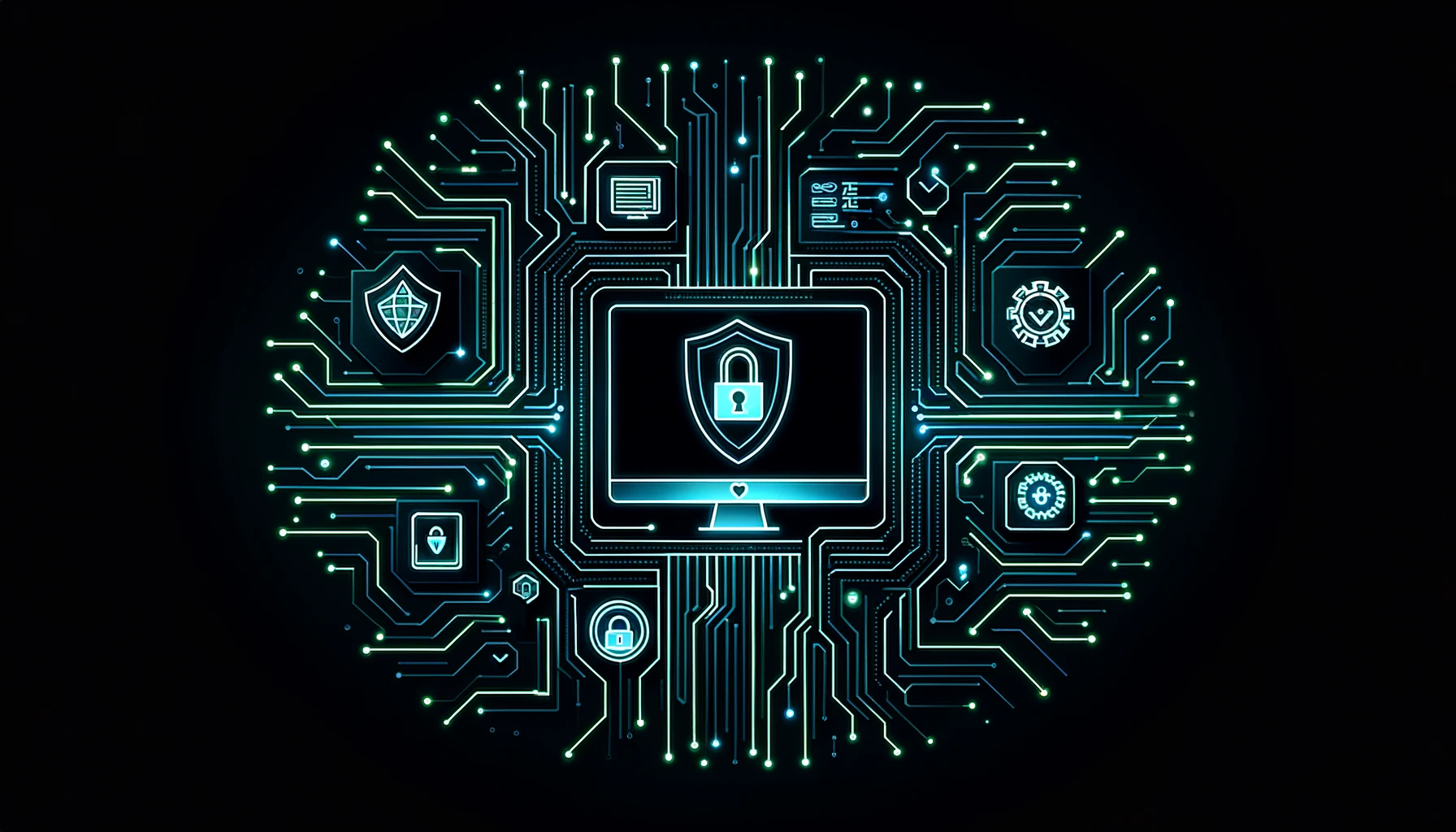Attack Surface Management
Attack Surface Management
Attack Surface Management means finding all the possible weak points in your digital systems that attackers might use. These weak points, called the attack surface, are where hackers could get unauthorized access. This can include things like IP addresses, open ports, cloud setups, and even forgotten applications.
ASM helps keep your organization safer by constantly finding these possible weaknesses and figuring out how to reduce them. This makes ASM an important part of any strong cybersecurity plan, especially now when systems are often very complex and use cloud or hybrid setups.
For more about cloud security, check out our article on Cloud Security Essentials.
Key Points
- What is ASM? A way to find and reduce all possible attack points on a network.
- Why ASM matters: It helps protect organizations from cyberattacks by reducing entry points.
- Key Components: Finding assets, analyzing risks, and monitoring for changes.
- Common Tools: OWASP ZAP, Tenable.io, and Qualys for monitoring and analysis.
- Best Practices: Regular checks for weak spots, constant monitoring, and separating networks.
Related Terms
Key Components of Attack Surface Management
1. Asset Discovery
Asset Discovery is about finding every digital asset that could be at risk. This includes devices like IoT gadgets, databases, and public cloud services. Tools like Tenable.io and Qualys can help with this, giving you a good look at all assets that you might not know about.
2. Attack Surface Analysis
After finding all your assets, the next step is Attack Surface Analysis. This means figuring out which assets are most at risk and deciding which ones need the most protection. Experts look for weak spots like unpatched software, poorly set up cloud services, and exposed databases.
3. Continuous Monitoring
To prevent new risks, it's important to use Continuous Monitoring. This involves using tools that watch for changes in your network, like new IP addresses or changes in cloud setups. Real-time alerts can help your team fix new problems quickly before attackers take advantage of them.
Tools for Attack Surface Management
These tools are very helpful for making sure your ASM strategy is strong, by keeping up constant discovery and risk assessment.
Best Practices for Attack Surface Management
1. Network Segmentation
Network Segmentation means dividing your network into smaller sections to limit how far an attacker can get if they do break in. If they manage to access one part of your network, they won't be able to easily move to other sections. This also matches with the Zero Trust Architecture, where trust is never given without proof.
2. Risk-Based Prioritization
Using risk-based vulnerability management helps you decide which weaknesses to fix first based on how dangerous they are. This is really important for big companies with complex networks. You can learn more about this strategy in our vulnerability management guide.
3. Incident Response Plan
If weaknesses are found and exploited, having a clear Incident Response Plan helps reduce damage and recover quickly. Find out what your response plan should include here.
FAQ
This includes all networks, software, hardware, and other technologies connected to the Internet.
Through regular reviews, the use of specialized software for vulnerability detection, and training for employees.
Because new vulnerabilities and threats are constantly emerging, it is important to continuously monitor and adapt the attack surface.




































